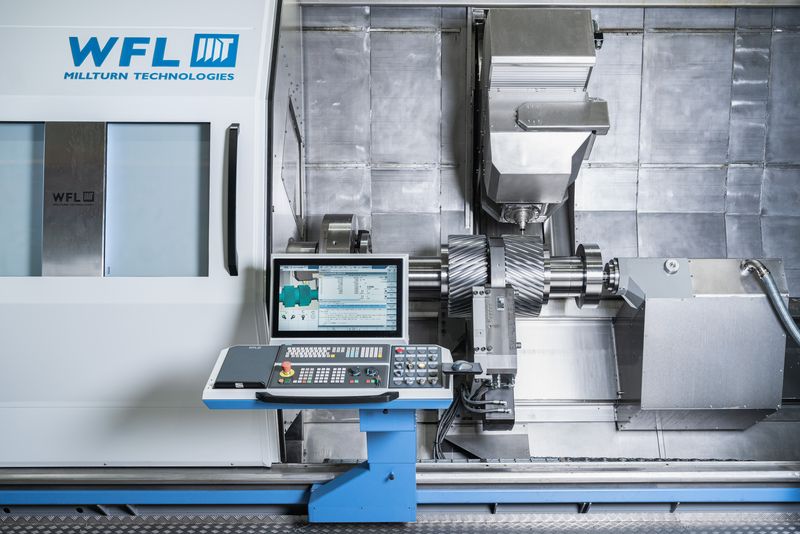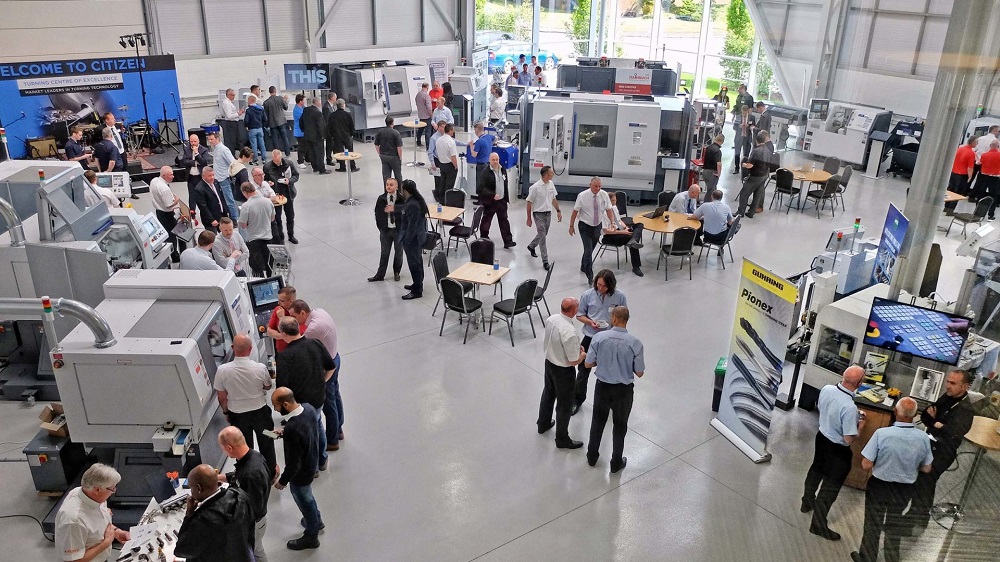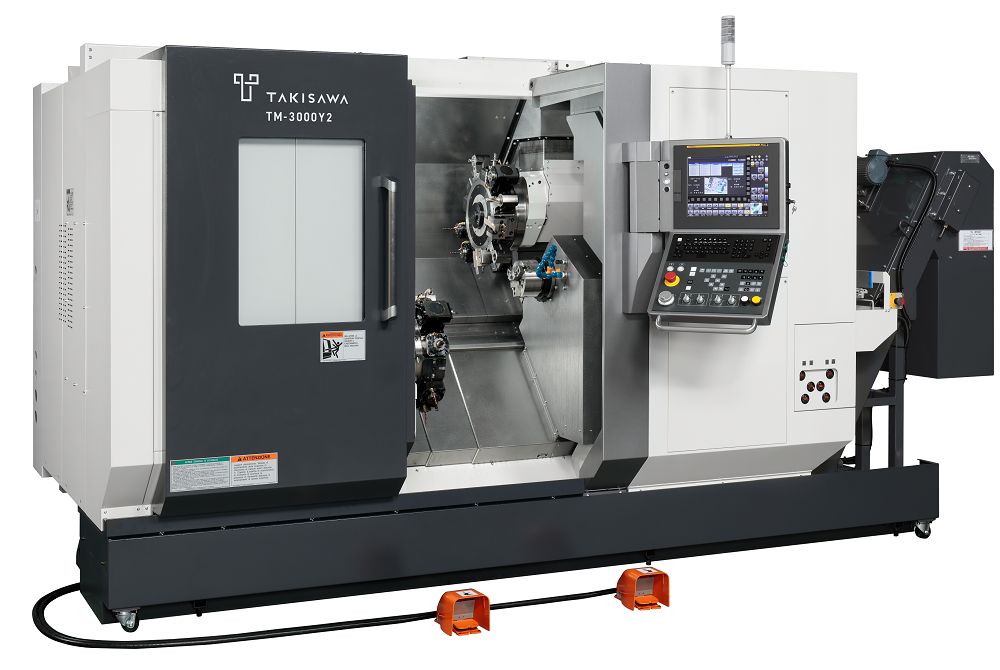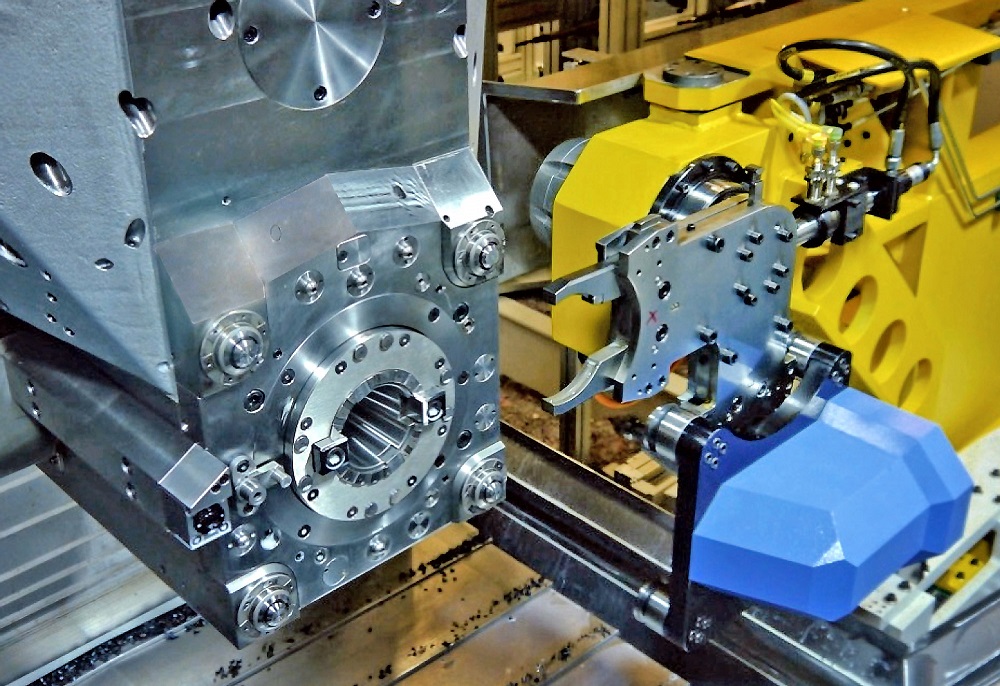With the new CTX 450 and CTX 550, DMG Mori presented at EMO last month the two larger sister models of the CTX 350 introduced previously at Open House Pfronten 2023. The CTX 450 and CTX 550 feature a main and counter spindle, as well as a Y axis with 130 mm of travel, to facilitate the complete six-sided machining of complex workpieces. A turning diameter of 480 mm and a turning length of 800 mm, or 1225 mm for the CTX 550, offer maximum flexibility for customers.
The CTX 450 and CTX 550 reflect DMG Mori’s four pillars of process integration, automation, digital transformation and green transformation. It is possible to automate this six-sided complete machining in various ways – for example with the Robo2Go or the Matris systems. App-based control with a 24″ multi-touch screen simplifies digitisation on the shop floor, while modern drives such as the synchronous spindle motors ensure energy-efficient operation.
The CTX 450 has a main spindle offering 4000 rpm and 360 Nm. The main spindle of the larger model achieves 770 Nm at 3250 rpm. In addition, the counter spindle has a speed of 5500 rpm and a torque of 192 Nm (CTX 550: 4000 rpm and 360 Nm). The turnMASTER spindle concept with three (ISM80) or four bearings (ISM102) ensures precision, supported by a large bar capacity (80 or 102 mm).
Positioning accuracy in the C axis is 0.001°. Among the options is a direct-drive turret with speed of up to 10,000 rpm and torque of 42 Nm.
For further information www.dmgmori.com



















